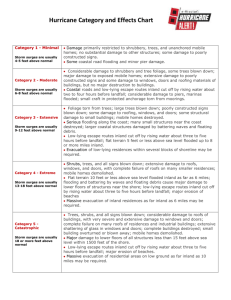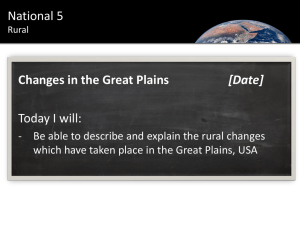The Inland South - Arizona Geographic Alliance
advertisement
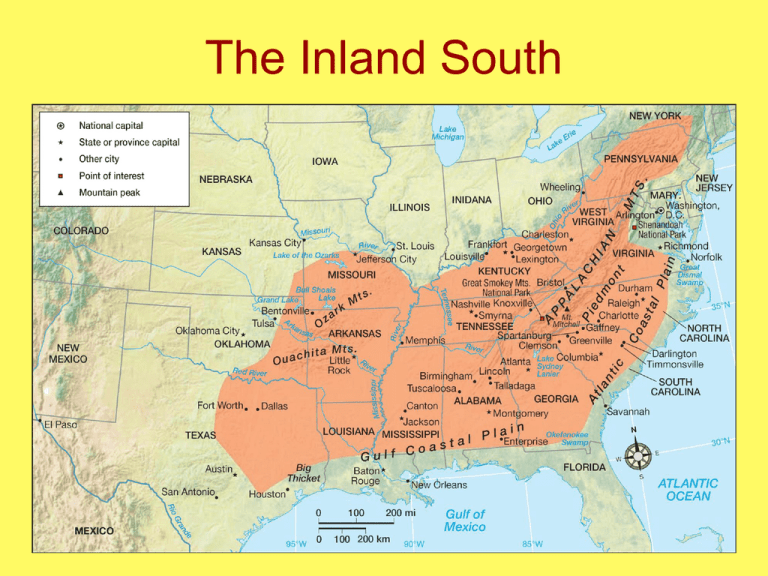
The Inland South Physical Geography • Includes portions of several physiographic provinces: – Atlantic Coastal Plain • Flat, sandy soil; meandering rivers; swamps – Piedmont • Fall line settlements; largest cities in South – Appalachia • Not affected by glaciation; reduced erosion – North American central lowland • Geologically Appalachian, but more like Heartland Physical Geography • Climate & Hazards – Humid sub-tropical (Cfa) • Appalachians affect local climate – Tornados – Hurricanes • But not surf-pounding – Abundant precipitation • Flooding Tennessee Valley Authority (TVA) • Conceived by President Franklin D. Roosevelt early in his first term • Designed to… – Deal with the chronic floods experienced throughout the Tennessee Valley – Develop the river for transportation Tennessee River Basin Historical Settlement • Large Native American population • Early English settlers, 17th century • Trail of Tears, 1830s Historical Settlement • Civil War and Slavery – Secession – Inhabitants dependent on agriculture – Sharecropping – Poverty • Segregation – Jim Crow laws Long Term Consequences of Civil War • Persistent Poverty • Racial Segregation • Sectionalism – Led to the formation of the “solid south” – Enhanced by the following… Four years of war fought on southern soil Loss of the war Repressive aspects of reconstruction Occupation by a conquering army Long Term Consequences of Civil War Out-migration was slow for ~50 years after the Civil War: 1. 2. 3. 4. 5. A lack of information Initial improvements in local opportunities Skill and education limitations Poverty Simple inertia Long Term Consequences of Civil War • Migration patterns during the post WWI era • Push Factors • Jim Crow Laws • Violence • Subsistence economic conditions • Pull Factors • Jobs in industry • Opportunity for a better life • Positive info/feedback from family & friends • The Great Migration = negative impact on the Southern economy High school dropout rates, 1990 The national dropout rate for adults 25 and over was 25 percent in 1990. Unemployment rate, 1995 The national unemployment rate was 5.5 percent in 1995 Civil Rights Memorial Major Components of Southern Culture • • • • Agrarian Strong Rural Provincialism Lack of Influence from Non-British Sources Persistent Adherence to Various Protestant Religions • Amalgamation of Southern White and African Cultures • Antiblack/Pro-Slavery Attitude Major Components of Southern Culture • Agrarian – Spatial organization based on early plantation economy – Rural population spread evenly, with the few large export cities – Cities located on the coast or at major transport routes along inland waterways • Strong Rural Provincialism – Rural isolation = distinct local allegiances Major Components of Southern Culture Lack of Influence from Non-British Sources Immigration limited due to a lack of opportunities available within a plantation economy ─ Region well-established by 1840 ─ Persistent Adherence to Various Protestant Religions Major Components of Southern Culture • Amalgamation of Southern White and African Cultures – Cultural borrowing affected patterns of speech, diet, and music – Amalgamation process ≠ transculturation or acculturation. • Antiblack/Pro-Slavery Attitude – Supported the plantation system – Required to justify the practice Places in Inland South: Appalachia • Two distinct sub-regions: – Southern • Rugged topography; isolated; WASPs – Northern Appalachia • Thrives on relative location; less poverty; better transportation US Poverty Appalachia • Settlement Patterns – Outset, small farms of 25-50 acres – Predominantly rural • Regional Economy – General farming, hindered by physiography • “Hillbilly” stigma endures – Most “hillbillies” are WASPs & low-income Inland South’s Economic Reorganization • 1870 to Mid-1930s – Agrarian; Capital deficient – Featured sharecropping and the crop-lien system – Crop-Lien System • A farm-financing scheme • Money loaned at the start of growing season • Subsequent harvest used as collateral – Urban Structure • small market centers, railroad towns, textile mill towns, and county seats Inland South’s Economic Reorganization • 1950 – Present – By 1950, half of the labor force engaged in urbanbased nonagricultural employment – Sharp increases in tertiary economic sectors – Agriculture more diversified – Mechanization increases, sharecropping declines – Rural to urban migration continues to increase The Inland South Today • “New South” – Breaking down isolation and modification of distinctive southern culture – Usually refers to the south post-World War II – Trends: • 2/3's of the region's people live in major metropolitan centers • In 1940: 35 cities had populations > 50,000 • In 1950: 42 cities had populations > 50,000 • In 1996: 110 cities had populations > 50,000 • In 2000: ~200 cities have populations > 50,000 Changes in Regional Distribution of US Black Population The Inland South Today • Low costs of living and cheap labor attracts many industries • Significant infusion of Northern migrants bringing “cultural baggage” • Isolation, sectionalism, and racism declining Discussion & Reading • Reading: The Vidalia Onion: Only grown in Georgia http://www.vidaliasfinest.com/about_onion_story.htm How will the continuing influx of more and more ethnic groups affect the “New South”? Related Books • Abramson, Rudy and Jean Haskell, eds. 2006. Encyclopedia of Appalachia. Johnson City TN: The Center for Appalachian Studies and Services. – Enlightening book smattered with well-known and little-known Appalachian facts. • Hart, John Fraser. 1998. The Rural Landscape. Baltimore: The Johns Hopkins University Press. – A geographic interpretation and analysis of the evolution of rural landscapes of the United States, with a focus on the Inland South and Midwest. • Jordan-Buchov, Terry. 2003. The Upland South: The Making of an American Folk Region and Landscape. Harrisonburg, VA: University of Virginia Press. • Wilson, Charles Reagan. 1995. Judgment and Grace in Dixie. Athens: University of Georgia Press. – Analysis of how Southern religious values have impacted North American culture. WebSources • Inland South http://encarta.msn.com/encyclopedia_1741500822_6/United_States_(Geography).html • Atlanta Tourism http://www.atlanta.net/index.html

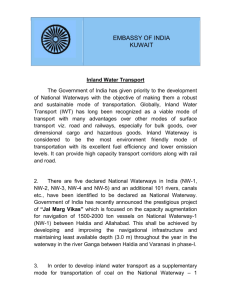
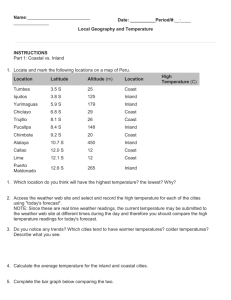

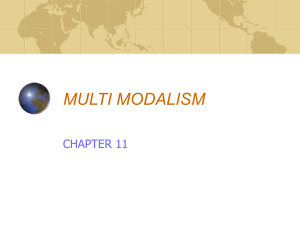

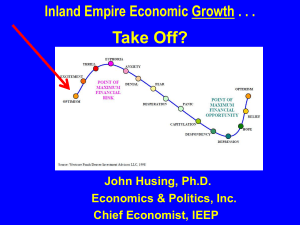
![The progress of the Northern Cities Shift in the Inland North [N=71]](http://s2.studylib.net/store/data/005278121_1-6c7b61110e83fce2e7b3ab15c9a37e24-300x300.png)
